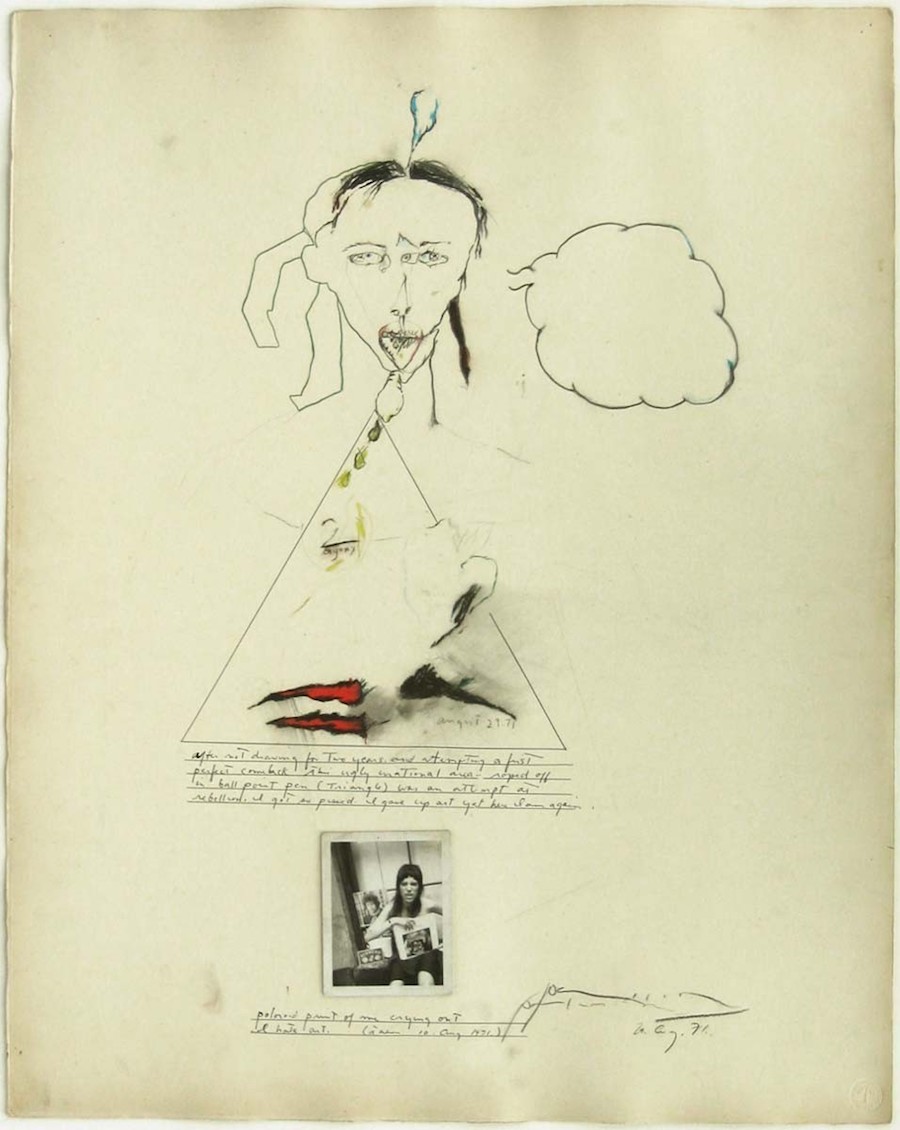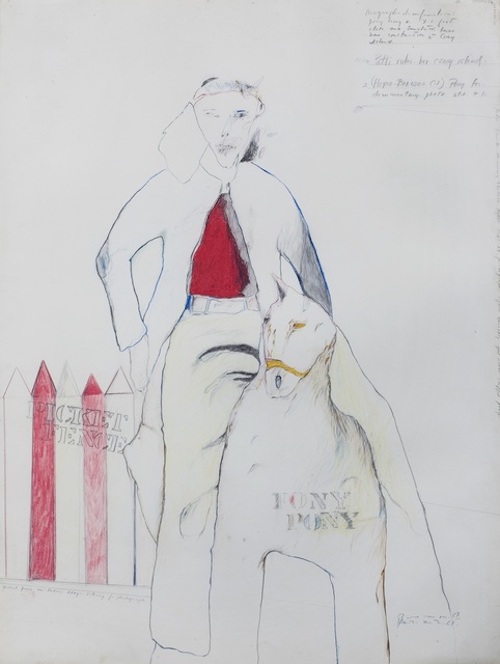The seventies, am I right….?
Not that I can claim to have experienced it firsthand. But if I could have been a witness to any period in pop history it would have been the decade in which experimental fusion movements invaded rock and roll. There was Miles Davis and his protegees, of course. But there was much more besides: The Wailers’ fusion of rock, reggae, and soul; Fela Kuti’s fusion of Ghanaian high life, James Brown funk, and Nigerian jazz; Ryuchi Sakamoto’s fusion of indigenous, classical, and electronic dance music….
Few of these influential international artists became widely known among U.S. audiences at the time, but we have their music to thank for some of the most interesting directions post-punk and New Wave bands would take.
One of the most influential artists of the seventies, the recently departed Florian Schneider, who resembled an office manager at a German Dunder-Mifflin, was truly an unlikely character for major international stardom. And yet the mild-mannered flautist from Düsseldorf co-founded one of the most famous experimental fusion bands of all time with classmate Ralf Hütter.
I’m talking about Kraftwerk, of course, though the label “fusion” may not especially come to mind when thinking of the robotic German funk of the band’s major eighties’ releases. But Kraftwerk first emerged from the psych-blues-jazz-conceptual-electronic hybrid of the so-called “krautrock” scene, a somewhat derisive label applied to bands like Popul Vuh, Tangerine Dream, Can, and Neu!, one of the most obscurely influential bands of the decade, and one whose two members—guitarist Michael Rother and drummer Klaus Dinger—played in an early version of Kraftwerk. “We had no father figures,” says Hütter. “We were part of this ’68 movement, where suddenly there were possibilities, and we performed at happenings and art situations.”
For a brief time, in fact, Kraftwerk consisted only of Rother, Dinger, and Florian Schneider on the flute. They made one appearance in this configuration on the German TV program Beat Club. See them at the top play “Rückstoss-Gondoliere.” No, it’s not at all like “Autobahn,” although synthesizers were always central to the band’s sound. It’s a lot more like Pink Floyd, and they look the part. To what might we compare the sound of the band’s first TV appearance, above, live at Rockpalast in 1970? Hütter, looking like a Ramone, plays some sort of keytar-like synth that sounds like a dying goose; Dinger shows off his strict-yet-funky, now world-famous “motorik” beat; and Schneider lays down some very heavy flute grooves.
Rother and Dinger took these experiments and turned them into what David Bowie would call “the sound of the eighties.” He might have said the same of Kraftwerk, who heavily influenced Bowie, especially after Schneider and Hütter adopted their tongue-in-cheek businessmen/technician personae, inspired by po-faced artists Gilbert & George. Kraftwerk brought a deadpan sense of humor to New Wave that was adopted by every eighties synthpop star from Gary Numan to Depeche Mode to New Order, whose “Blue Monday” was partly inspired by “Uranium” from 1975’s Radio-Activity. This is a strange, transitional album, and one perhaps most often cited by other musicians inspired by Kraftwerk. It was their fifth album, but only the first in which they went fully electronic, and featured members Karl Bartos and Wolfgang Flür, who would complete the classic lineup of the late seventies and early eighties.
As you can see in the “Radioactivity” video further up, they have not become robots just yet. These are clearly humans, still a little loose and shaggy around the edges. (If Hütter’s delivery, haircut, and the band’s sound in general, make you think of Joy Division’s Ian Curtis—he was a huge fan.) How silly were Kraftwerk’s later concepts? Tremendously silly. But so too was Radio-Activity, an album full of punning banalities and geeky astrophysics references. By the time of The Man-Machine, Schneider and Hütter had so committed to their roles that we might almost, for a moment, believe the fan-made video above is a “rare pilot for the uncommissioned Kraftwerk sitcom, ‘Ralf and Florian.’” The single “Das Model,” below, has a bit more of a 70s Cabaret feel to it. And maybe a bit more dancing than we’re used to seeing from Kraftwerk.
They were in on the joke, but also so musically and technologically savvy they could update its premise every few years and shift pop music in new, weirder, funnier, and more danceable directions. “Do you want to know what the eighties will sound like?” they asked in 1981. And there was Computer World, which you can see the band perform in part below in Nagoya, Japan. Schneider’s flute is nowhere to be seen, but his penchant for penetrating, repetitive grooves and waves of weird synthesized sounds still drives the sound. Kraftwerk’s fusion of influences evolved principally through the partnership of Schneider and Hütter, the Richards and Jagger of experimental electronic pop.
Kraftwerk was not a band, Hütter insisted, but a “multi-media project.” Their onstage act was what Rolling Stone’s Rob Sheffield calls “cerebral technocrats” very much derived from their personalities, especially Schneider’s, magnified into performance art. “Kraftwerk is not a band,” Schneider said back in 1975. “It’s a concept. We call it ‘Die Menschmaschine,’ which means ‘the human machine.’ We are not the band. I am me. Ralf is Ralf. And Kraftwerk is a vehicle for our ideas.” Yet those ideas, which Schneider tended to express in coldly analytic terms, also produced some of the most joyfully danceable music ever made. That is the paradox of Kraftwerk, and their genius, from Dinger’s motorik beats to the pulsing synths built by Hütter and Schneider. They truly achieved a musical synthesis, one that honored the human desire for groove and melody and the machine’s desire for inhuman sounds and robotic precision.
Related Content:
Kraftwerk’s First Concert: The Beginning of the Endlessly Influential Band (1970)
Pioneering Electronic Composer Karlheinz Stockhausen Presents “Four Criteria of Electronic Music” & Other Lectures in English (1972)
Kraftwerk’s “The Robots” Performed by German First Graders in Adorable Cardboard Robot Outfits
The Case for Why Kraftwerk May Be the Most Influential Band Since the Beatles
Josh Jones is a writer and musician based in Durham, NC. Follow him at @jdmagness












